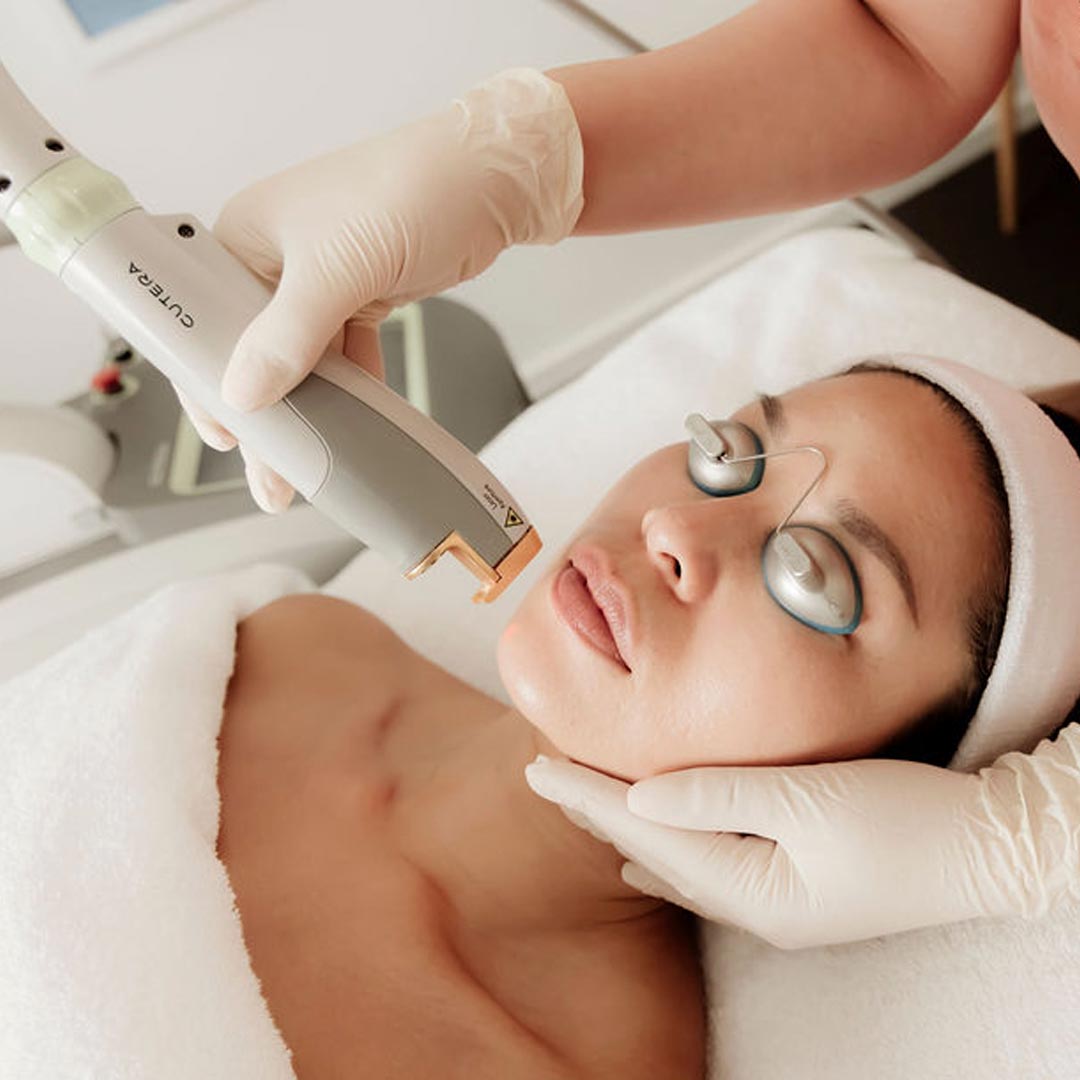Laser hair removal is a popular cosmetic procedure that uses concentrated light energy to remove unwanted hair and inhibit its growth over time. This method targets hair follicles, emitting a light that is absorbed by the pigment in the hair, which then converts to heat and damages the hair follicle. As a result, hair growth is significantly reduced, leading to smoother, hair-free skin. Here’s a deeper dive into the process, benefits, considerations, and what to expect from laser hair removal.
How Laser Hair Removal Works
- Targeting Hair Follicles: The laser emits a specific wavelength of light absorbed by the pigment (melanin) in the hair. This light energy is converted into heat, which damages the hair follicles that produce hairs. This damage inhibits or delays future hair growth.
- Phases of Hair Growth: Laser hair removal is most effective on hair in the anagen (growth) phase since this is when the hair contains the most melanin. Multiple sessions are needed to target all hairs as they cycle through growth phases.
- Technology Variations: There are various types of lasers used, including the Alexandrite, Diode, Nd:YAG, and more. Each type has specific wavelengths and is suited for different skin tones and hair types, making it essential to choose the right laser for optimal results.
Benefits of Laser Hair Removal

- Long-Term Results: Although not always permanent, laser hair removal can significantly reduce hair growth, with many experiencing long-lasting results.
- Precision: Lasers can selectively target dark, coarse hairs while leaving the surrounding skin undamaged.
- Speed: Each pulse of the laser takes a fraction of a second and can treat many hairs simultaneously. Small areas like the upper lip can be treated in less than a minute, while larger areas such as the back or legs may take up to an hour.
- Convenience: Reduces the need for regular shaving or waxing, saving time and discomfort in the long run.
Considerations and Risks
- Skin Reaction: Some may experience temporary irritation, including discomfort, redness, and swelling in the treated area.
- Pigmentation Changes: Laser treatment can lighten or darken the affected skin, although changes are typically temporary. It’s more of a concern for those who don’t avoid sun exposure before or after treatment or those with darker skin tones.
- Cost: It can be expensive, requiring multiple sessions for optimal results, and maintenance sessions may be needed.
- Not Effective for All: Laser hair removal works best on individuals with dark hair and light skin because the laser targets the hair’s pigment. It’s less effective on blonde, red, gray, or white hair.
Preparing for Treatment
- Consultation: A consultation with a licensed practitioner who will assess your suitability for the treatment and discuss risks is crucial.
- Avoid Sun Exposure: Protect the treatment area from sun exposure and avoid tanning beds for six weeks before and after treatment to reduce the risk of complications.
- Avoid Other Hair Removal Methods: Do not wax or pluck the hair for six weeks before treatment, as the laser targets the hair’s roots, which are temporarily removed by waxing or plucking.
Aftercare and Recovery
- Skin Care: Apply ice to treated areas to ease discomfort and swelling. Avoid sun exposure and use a broad-spectrum SPF30+ sunscreen to protect the skin.
- Follow-Up Treatments: Attend all scheduled sessions. Hair loss will occur progressively, with each session targeting new hair in its growth phase.
Laser hair removal offers a promising solution for those looking to reduce unwanted hair growth. However, it’s essential to have realistic expectations and carefully consider the procedure’s benefits against its risks and costs. With the right preparation and care, laser hair removal can provide significant long-term benefits, leading to smoother skin and reduced hair growth.



